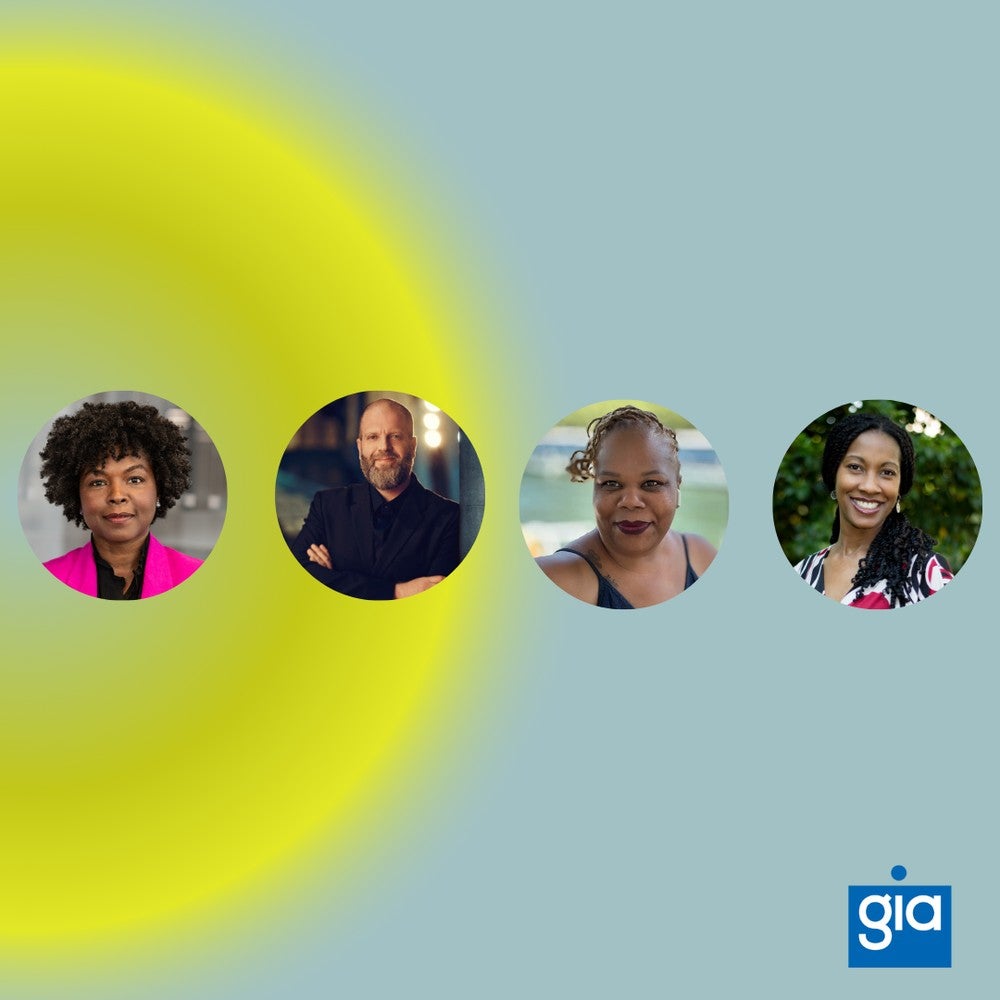Over the past year at Wallace, we have engaged in candid conversations with many leaders of arts organizations of color, who talked about a problem decades in the making: Their organizations have been underfunded and often overlooked, despite their rich histories, high-quality work and deep roots in their communities.
In fact, community orientation—a deep understanding of and connection to the people they serve—seems to be in the DNA of many of arts organizations of color.
That is why we are launching an initiative to explore this guiding question:
Facing strategic challenges, how can and do arts organizations of color leverage their experience and histories of community orientation to increase their resilience, while sustaining their relevance?
At the heart of this five-year, $53 million investment is Wallace’s commitment to learning and to long-term relationships with our grantees, giving them time and resources to develop ideas and test practical approaches that can be shared with one another and the field. The work is complex, nuanced and, we believe, full of potential.
We are seeking letters of interest for the first of two cohorts of organizations. We also are seeking arts researchers whose experience might make them a good fit for this project. Note: the first grantee cohort has been chosen. Read more about the initiative.
Typically, at this point we would also reveal more about the initiative (and its name), but we’re doing things differently this time. Here’s why:
Arts organizations of color know their priorities better than we do
We acknowledge the limitations of our experience in this area, and we recognize that the core expertise lies with arts organizations of color themselves. They know their strengths and what resonates with their communities, and have important insights about what might be useful for the field. The initiative, therefore, will begin with a planning year during which we will work with the cohort to further define our work together.
The grantees will play a pivotal role: helping us name the initiative; developing plans for new projects, or pursuing existing ones; and choosing the kind of technical supports they wish to receive. The planning year is meant to give grantees three things they don’t always have: sufficient time, resources and support to carry out their vision.
As part of our commitment to equity, we’re doing some things differently
Equity has long been an intrinsic part of Wallace’s values, and is now at the forefront of our mission. The events of the past year and the national conversation about race led to candid conversations at Wallace about what meaningful steps we might take to strengthen our equity focus.
This began with revising our mission statement in 2020 to make more explicit our commitment to advancing equity in the fields we fund: the arts, education leadership and youth development through out-of-schooltime learning and enrichment.
A cornerstone of our approach is listening to and partnering with organizations that have a similar commitment to equity, as well as the willingness and capacity to carry out multiyear plans that will be meaningful to the communities they serve.
While planning the initiative, we were keenly aware of the concern that the same well-known organizations might be selected for multiple grants by a number of national foundations. To mitigate this risk, we are casting as wide a net as possible by asking eligible organizations to express their interest. We believe this step—unusual for us—is vital to ensure an inclusive process for this new initiative.
Filling out a brief form is the first step in an application process that is designed to minimize the administrative load for organizations, while ensuring that all who are interested and eligible are considered. We are asking arts service organizations, researchers, state and local arts councils and others to help spread the word. To address an array of needs, we are also offering 15-minute, personalized consultations with Wallace staff.
In another departure from Wallace’s past approach to grantmaking, the initiative’s two cohorts will enable us to work with organizations of different sizes. The first cohort, to be selected this fall, will comprise 10 to 12 organizations with larger budget sizes of $500,000 to $5 million. A second, larger cohort, which we expect to select in late 2022, will include organizations with smaller budgets below $500,000.
We are starting with large organizations because Wallace has years of experience partnering with organizations of this size to achieve our dual goals: benefiting the grantees we fund directly and the broader field.
We will continue to listen and evolve
In planning this initiative, Wallace sought advice from numerous arts organizations of color, whose leaders and other staff generously shared not only their big-picture perspectives but also nuances within the sector.
We consulted with researchers of color, commissioned studies and sought counsel from arts service organizations to learn about trends they have observed in the field—the strengths, challenges and opportunities.
In addition, we continue to do our homework, converse with practitioners and industry experts, read existing documentation of the field, and build spreadsheets and PowerPoint decks. But we understand that no amount of prep work can sufficiently encapsulate the diversity, subtleties and richness of the field.
We acknowledge that even our use of the term ‘arts organizations of color’ is imperfect and that no umbrella term can capture the constellation of organizations that serve myriad communities, including Black, Indigenous, Hispanic/Latinx, Arab American, and Asian American/Pacific Islander.
Relationship building is key to the success of this work. We know that as members of the field of institutional philanthropy, it will take time to build trusting relationships in a space that has long been underresourced and underacknowledged by those who use their capital to create social good.
We all must begin somewhere. It’s very likely that elements of our approach will be unsatisfactory to some and that we’ll stumble along the way. We fully accept that we do not have all the answers, and we look forward to learning together.




